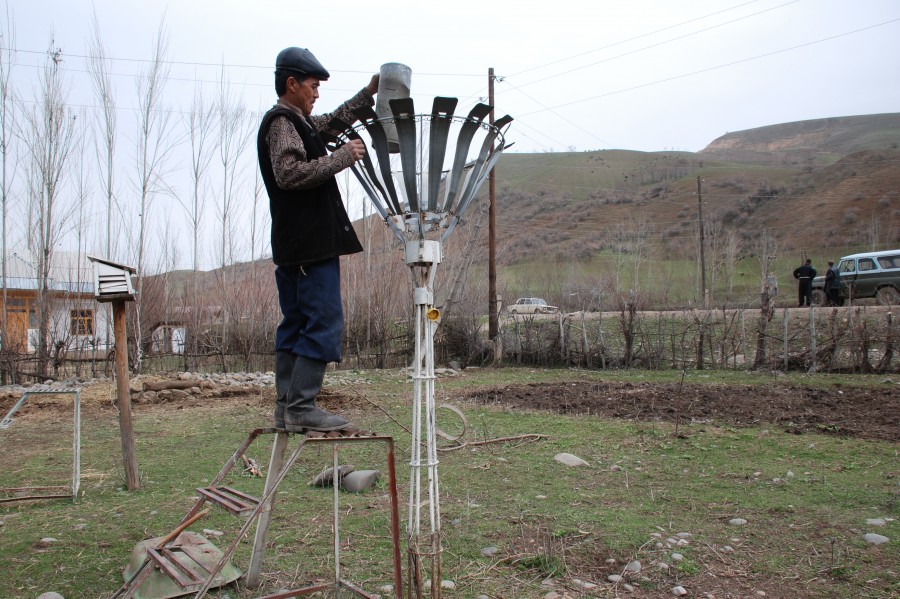
The project aimed to address several key tasks. Firstly, it required updating scientific models for runoff prediction and land management, as well as transforming the knowledge of water users. Secondly, it aimed to develop tools for raising awareness and capacity within local communities. Thirdly, it sought to implement technologies to test the feasibility of climate change adaptation.
Improve the knowledge and skills of rural communities for adapting to the impacts of climate change, train them in adaptation technologies, conduct joint assessments of climate fluctuation risks, and increase awareness.
Key Objectives:
Achievements: